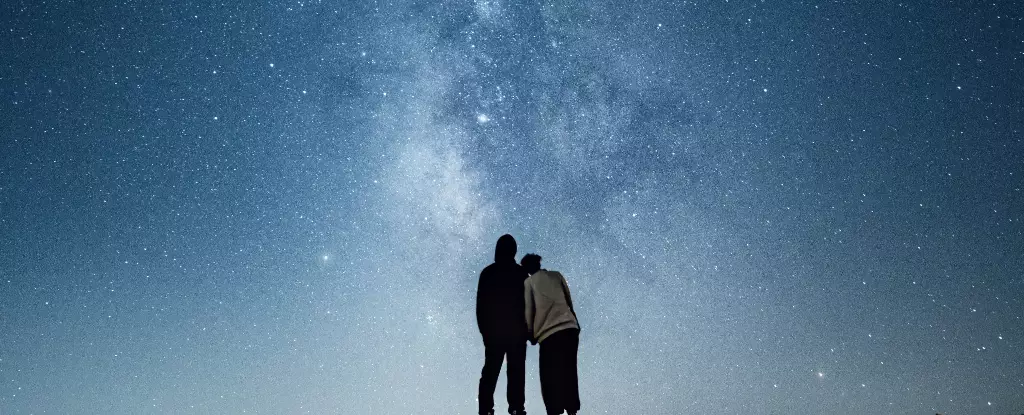The whimsical nature of wishing upon a star is deeply embedded in our culture, an idea popularized by enchanting tales and childhood dreams. Jiminy Cricket famously sang about it, promising that our most heartfelt desires could take flight with little more than the twinkle of a celestial body. However, an emerging discourse on social media challenges this notion, suggesting that perhaps such wishes are futile, for the stars we wish upon may already be long extinguished. But is this sentiment rooted in factual astronomy, or is it merely a pessimistic take on the age-old tradition of starry aspirations?
When considering the distance of stars, one cannot ignore the concept of light years. This measurement describes how far light travels in one year—approximately 5.88 trillion miles. As such, when someone mentions that stars are “millions of light years away”, it brings with it an implication that our wishes may be arriving at a cosmic graveyard. While it’s true that light travels vast distances over millions of years, the stars visible in our night sky are not as distant as one might think.
The majority of the stars we can see are within our very own Milky Way galaxy, which spans about 100,000 light years. Conveniently, our Solar System resides about 26,000 light years from the galactic center. Thus, the stars that illuminate our evenings are typically less than 74,000 light years away, contradicting the grim assertion that we are wishing upon interstellar corpses light years removed from relevance.
In our exploration of the cosmos, we can discern that not every star is beyond the point of life. The faintest stars visible to the naked eye are about 10,000 light years away, which changes the narrative considerably. If one were to wish upon a star at such a distance, the light from that star would indeed take 10,000 years to reach Earth. However, the return journey is equally important; if our wishes were to travel back at the speed of light, they would only increase the age of the star by an additional 10,000 years—making it only 20,000 years old in total.
This leads us to an important question: Do all stars live shorter lives than 20,000 years? The obvious answer is no.
According to the Yale Bright Star Catalogue, a significant portion of stars—about 40%—are classified as giant stars, which include normal giants, bright giants, and supergiants. While these stars burn brightly, their lifespans are limited compared to smaller, main-sequence stars. Even so, these giants can last for hundreds of thousands of years, far exceeding the timeframe needed for wishes to make their return journey.
Most stars we observe belong to the main-sequence category, with the capability of burning for billions of years. They lead lives that can extend significantly beyond the lifespan required for your wish to reach them, bringing reassurance to those who dare to dream. The beauty of our universe persists, and the stars that guide our aspirations remain alive and well in ways we often overlook.
For the wishful thinkers feeling trepidation about sending their hopes into the cosmos, there are numerous celestial bodies that can act as safe havens for their dreams. Alpha Centauri, for instance, is our closest stellar neighbor at just four light years away. Comprising three stars, this stellar trio guarantees a lengthy existence far longer than the time needed for light from Earth to touch its surface.
Additionally, the radiant Sirius star, sitting a mere 8.6 light years distant, remains in its robust lifetime as a main-sequence star. Epsilon Eridani presents yet another option, located roughly ten light years from Earth and demonstrating characteristics akin to our dense Sun. These celestial entities, still thriving in their mid-life, harbor the potential to fulfill countless wishes for generations to come.
Of all the stars available for our aspirations, none is more reliable than our own Sun. Radiating energy from only eight light minutes away, it will continue its main-sequence journey for approximately 5 billion more years. When you wish upon the Sun, you can rest assured that your dreams print a twinkle in the universe—one that’s both immediate and enduring—as we journey not just through time, but through the stardust of our hopes and ambitions.
Thus, when you wish upon a star, remember that many of these celestial companions live on, waiting to witness your dreams unfold, their light a beacon of possibility shining still in our vast universe.


Leave a Reply